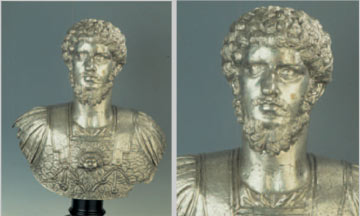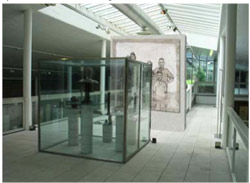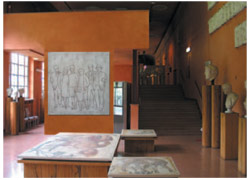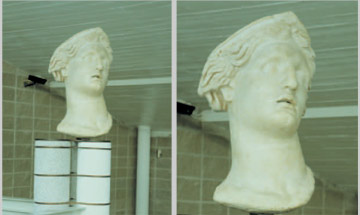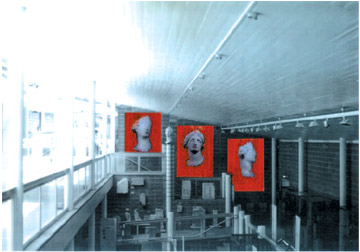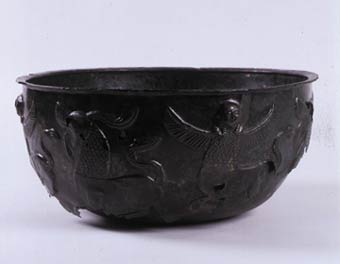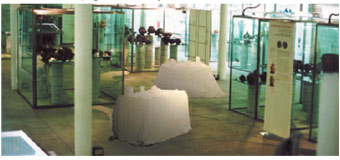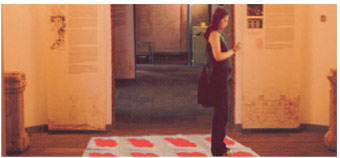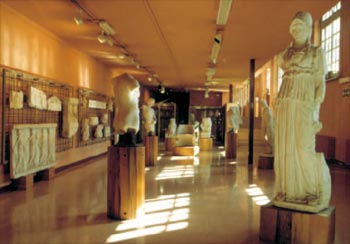
MUSEO
DI ANTICHITA'
Via XX Settembre 88/C
tel. 011/5211106
![]() critical text by Guido Curto
critical text by Guido Curto
A curator asking young artists to operate inside an archaeological museum runs some risks. The most serious is that these artists – who have been chosen only on the “theoretical” basis of their previous works, when facing strongly connoted exhibition premises, which are the exact opposite of a white cube , may not succeed in creating and concretely performing an original and meaningful project, able to catch the genius loci and to relate to those ancient finds. For this second edition of Gemine Muse in Turin, I pondered on this factor and, after a survey involving the whole of Piedmont, the choice has settled on three names. Though young, these artists had already matured an adequate experience, allowing them to confront with such an important museum, where the most ancient monuments belonging to the history of Turin and its territory are guarded, ranging from the pre-historic to the Roman age and reaching into Late Antiquity.
Valerio Berruti proposes two big frescoes on canvas depicting a family of visitors, the Spectatores, who stand in ecstatic admiration of the “Treasures of the Roman emperors”. Ester Viapiano has created, using only regular sponges, a carpet-installation which reminds of a marble decoration (king Solomon's knot) of the museum. She has, then, scattered various rooms with “finds” – cups, dishes, objects – built on the basis of the remains found in the necropolises in Golasecca, made of white cloth starched with sugar, showing how time, marching on, can freeze even the most fragile things. Paolo Leonardo installs giant posters of the Alba Acrolith and makes the wonderful white marble head stand out against a Pompeian carmine colour that thoroughly surrounds the face, so as to turn this ancient masterpiece into a metaphysical post-dechirichian work.
